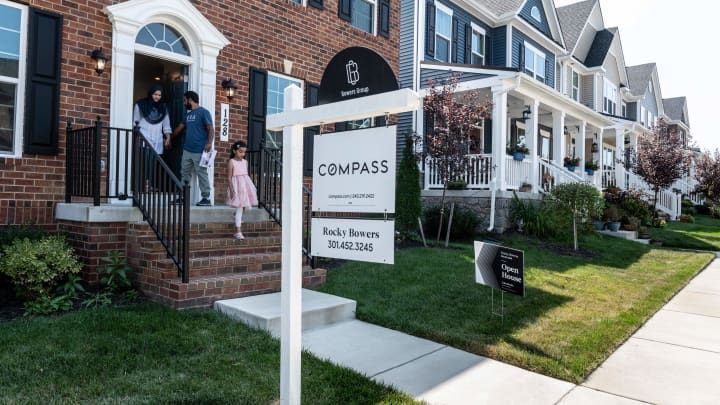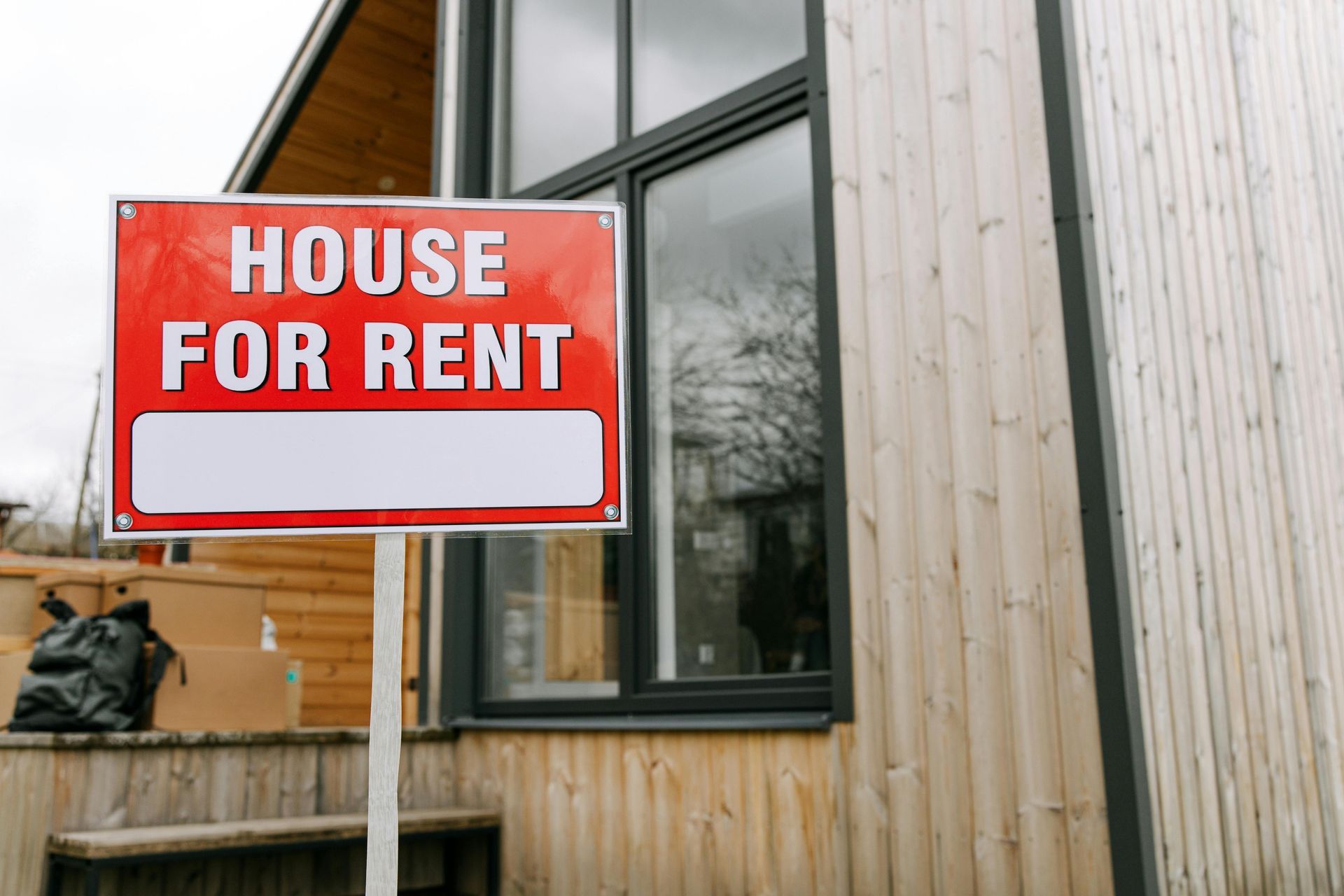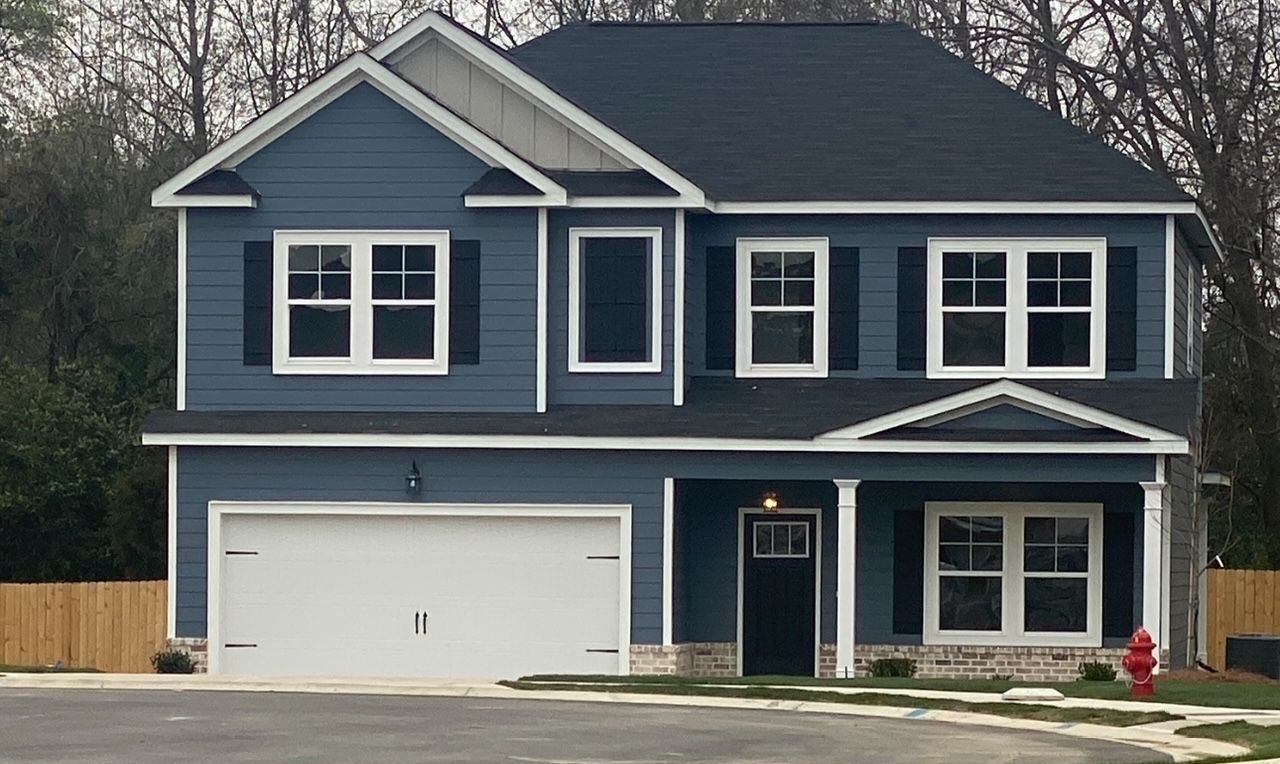New tariffs could raise home prices and sideline potential buyers
Published Mon, Feb 3 2025 1:45 PM EST

The U.S. housing market was already struggling under the weight of high mortgage interest rates, a low supply of existing homes for sale and historically high home prices.
Now tariffs on building materials are adding even more pressure.
About 30% of softwood lumber consumed in the U.S. is imported, largely from Canada. Wallboard, known as gypsum, is imported from Mexico. The 25% tariff President Donald Trump levied on goods from the two key trading partners will make those products that much more expensive. The Mexico tariffs were postponed Monday for a month, but they are still on the table.
"More than 70% of the imports of two essential materials that home builders rely on — softwood lumber and gypsum — come from Canada and Mexico, respectively," Carl Harris, chairman of the National Association of Home Builders, wrote in a release. "Tariffs on lumber and other building materials increase the cost of construction and discourage new development, and consumers end up paying for the tariffs in the form of higher home prices."
Home prices are already up well over 40% since the start of the pandemic and were still 3.8% higher in November, compared with the previous November, according to the latest read from the S&P Corelogic Case-Shiller national home price index. That annual increase was higher than the 3.6% in October.
Duties on building materials could make the market even harder for buyers.
"We believe this could make worse the affordability crisis for first-time buyers," wrote Jaret Seiberg, housing policy analyst for TD Cowen Washington Research Group. "On the plus side, it could increase pressure on Congress to enact policies that encourage more entry-level construction including expanded tax credit programs."
Prospective home buyers leave a property for sale during an Open House in a neighborhood in Clarksburg, Maryland.
The NAHB is asking the Trump administration to exempt building materials from the 25% tariffs, noting his executive order on the first day of his presidency that sought to "expand housing supply."
While the U.S. has ramped up lumber production in recent years, 70% of the country's sawmill and wood product imports — $8.5 billion — come from Canada. They are already subject to a 14.5% tariff, so Trump's new policy would raise it to over 39%.
And 71% of lime and gypsum product imports are from Mexico, totaling $352 million. Other materials, such as steel and appliances, are sourced from China. Trump put an additional 10% tariff on goods from China on Saturday.
New duties on imports from China, Canada and Mexico could raise construction material costs by $3 billion to $4 billion if they all take effect, affecting builders' ability to complete projects, according to the NAHB.
The tariffs are likely to hit smaller homebuilders with tighter margins harder, but big builders are not immune.
"Even with a smaller portion of our lumber coming from Canada, and some materials from Mexico, we will all be affected — which, in turn, can impact consumers and their ability to purchase a home in the short-term," said Sheryl Palmer, CEO of Arizona-based homebuilder Taylor Morrison. "In a time where some consumers are still struggling to overcome higher interest rates, my sincere hope is that these will be short-lived."
Builders are already contending with a labor shortage that is only getting worse after the Trump administration started mass deportations of undocumented immigrants. Roughly 30% of construction workers are estimated to be immigrants, and a significant share of those workers are undocumented, according to the National Immigration Forum, an immigration advocacy group.
"You can run them all out of the country, but who's going to build houses?" said Bruce McNeilage, CEO of Nashville-based Kinloch Partners, a single-family rental home developer.
While the bulk of the effect of tariffs is on new housing construction, the existing market could also feel the effects. If the costs of other consumer goods increase, all potential buyers will have less spare cash to save for a down payment.
There was also an expectation that interest rates would fall this year, but if inflation heats up again due to the tariffs, rates could even rise. This layering of both economic realities and emotional perceptions of personal wealth could hit the all-important, upcoming spring market hard.








